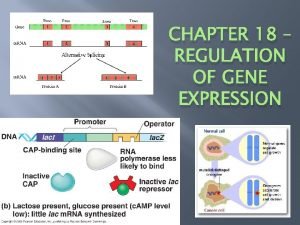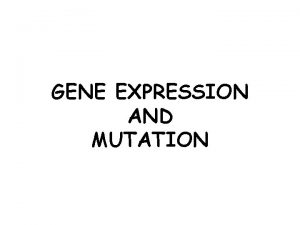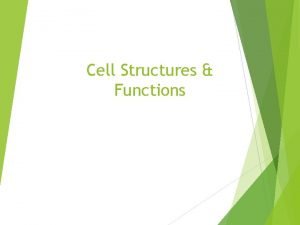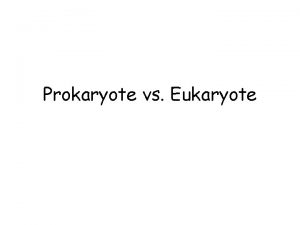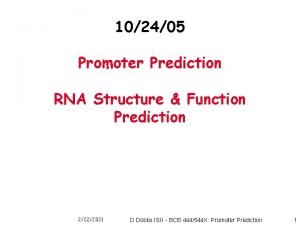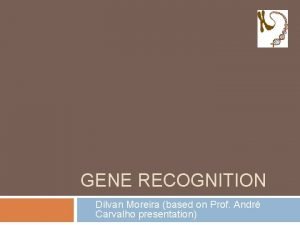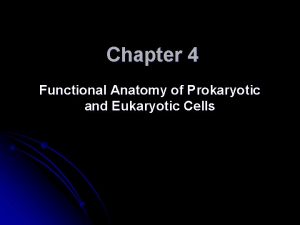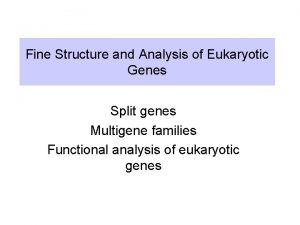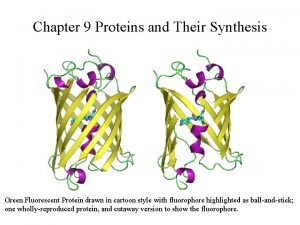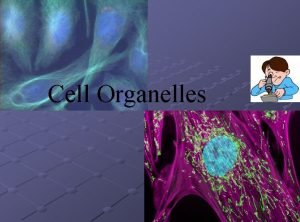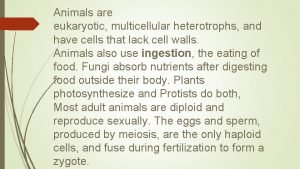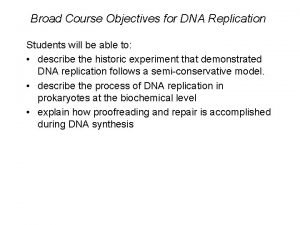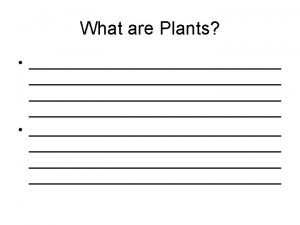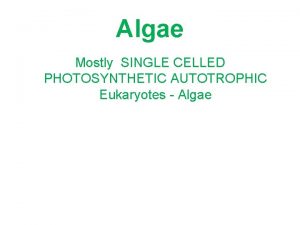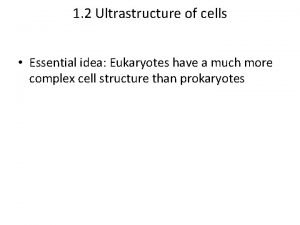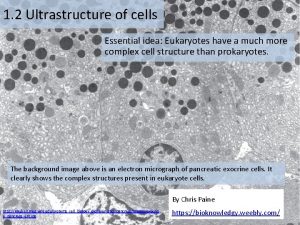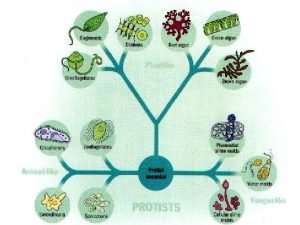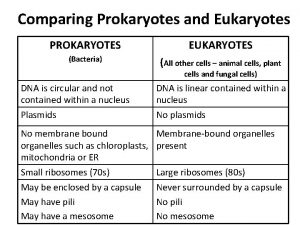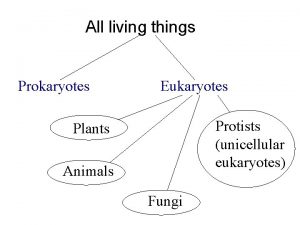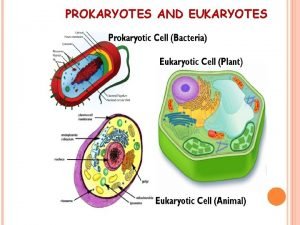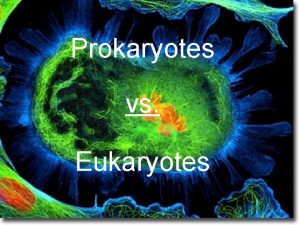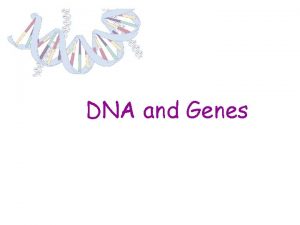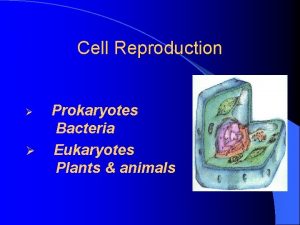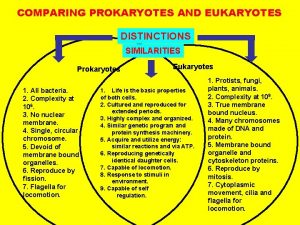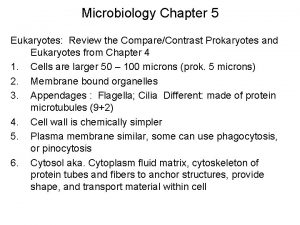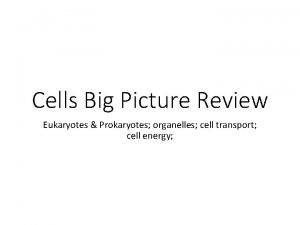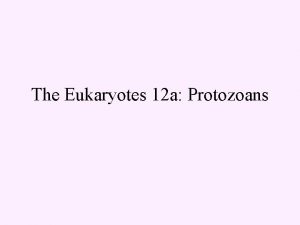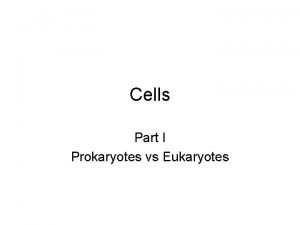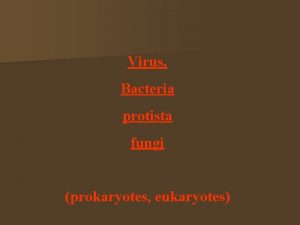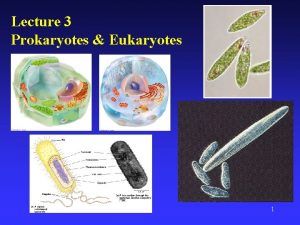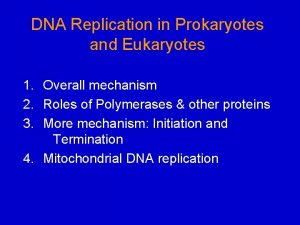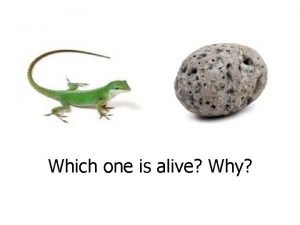Review Prokaryotes vs Eukaryotes Slide 1 of 49
































- Slides: 32

Review: Prokaryotes vs. Eukaryotes Slide 1 of 49 Copyright Pearson Prentice Hall End Show

Slide 2 of 49 Copyright Pearson Prentice Hall End Show

8 -2 Cell Structure Slide 3 of 49 Copyright Pearson Prentice Hall End Show

What are the functions of the major cell structures? Slide 4 of 49 Copyright Pearson Prentice Hall End Show

7 -2 Eukaryotic 8. 2 Cell Structure Eukaryotic Cell Structures within a eukaryotic cell that perform important cellular functions are known as organelles. Cell biologists divide the eukaryotic cell into two major parts: the nucleus and the cytoplasm. The Cytoplasm is the portion of the cell outside the nucleus. Slide 5 of 49 Copyright Pearson Prentice Hall End Show

7 -2 Eukaryotic 8. 2 Cell Structure Eukaryotic Cell Structures Plant Cell Nucleolus Nucleus Smooth endoplasmic reticulum Nuclear envelope Ribosome (free) Rough endoplasmic reticulum Ribosome (attached) Golgi apparatus Cell wall Cell membrane Chloroplast Mitochondrion Vacuole Slide 6 of 49 Copyright Pearson Prentice Hall End Show

7 -2 Eukaryotic 8. 2 Cell Structure Eukaryotic Cell Structures Animal Cell Nucleolus Nucleus Smooth endoplasmic reticulum Ribosome (free) Nuclear envelope Cell membrane Rough endoplasmic reticulum Ribosome (attached) Centrioles Golgi apparatus Mitochondrion Slide 7 of 49 Copyright Pearson Prentice Hall End Show

7 -2 Eukaryotic 8. 2 Cell Structure Nucleus What is the function of the nucleus? Slide 8 of 49 Copyright Pearson Prentice Hall End Show

7 -2 Eukaryotic 8. 2 Cell Structure Nucleus The nucleus is the control center of the cell. The nucleus contains nearly all the cell's DNA and with it the coded instructions for making proteins and other important molecules. Slide 9 of 49 Copyright Pearson Prentice Hall End Show

Nucleus • Is surrounded by a nuclear envelope composed of two membranes, which are dotted with thousands of nuclear pores that allow material to move into and out of the nucleus. • Chromatin is the granular material you can see inside the nucleus, which is DNA bound to protein. • When the cell divides chromatin condenses to form chromosomes. • Nucleolus is a small, dense region where the assembly of ribosomes begins. Slide 10 of 49 Copyright Pearson Prentice Hall End Show

7 -2 Eukaryotic 8. 2 Cell Structure Nucleus The Nucleus Chromatin Nuclear envelope Nucleolus Nuclear pores Slide 11 of 49 Copyright Pearson Prentice Hall End Show

7 -2 Eukaryotic 8. 2 Cell Structure Ribosomes What is the function of the ribosomes? Slide 12 of 49 Copyright Pearson Prentice Hall End Show

7 -2 Eukaryotic 8. 2 Cell Structure Ribosomes One of the most important jobs carried out in the cell is making proteins. Proteins are assembled on ribosomes. Ribosomes are small particles of RNA and protein found throughout the cytoplasm. Slide 13 of 49 Copyright Pearson Prentice Hall End Show

7 -2 Eukaryotic 8. 2 Cell Structure Endoplasmic Reticulum What is the function of the endoplasmic reticulum? Slide 14 of 49 Copyright Pearson Prentice Hall End Show

7 -2 Eukaryotic 8. 2 Cell Structure Endoplasmic Reticulum There are two types of ER—rough and smooth. Endoplasmic Reticulum Ribosomes Slide 15 of 49 Copyright Pearson Prentice Hall End Show

7 -2 Eukaryotic 8. 2 Cell Structure Endoplasmic Reticulum • The endoplasmic reticulum… – Is the site were lipid components of the cell membrane are assembled, along with proteins and other materials that are exported from the cell. • Rough ER – involved in the synthesis of proteins. Called rough because it has ribosomes on the surface which insert newly made proteins into the rough ER. • Smooth ER – does not have ribosomes and contains collections of enzymes that perform specialized tasks, including synthesis of membrane lipids and the detoxification of drugs. Slide 16 of 49 Copyright Pearson Prentice Hall End Show

7 -2 Eukaryotic 8. 2 Cell Structure Golgi Apparatus What is the function of the Golgi apparatus? Slide 17 of 49 Copyright Pearson Prentice Hall End Show

7 -2 Eukaryotic 8. 2 Cell Structure Golgi Apparatus The Golgi apparatus appears as a stack of closely apposed membranes. The function is to modify, sort, and package proteins and other materials from the ER for storage in the cell or secretion outside the cell. Slide 18 of 49 Copyright Pearson Prentice Hall End Show

7 -2 Eukaryotic 8. 2 Cell Structure Golgi Apparatus What is the function of lysosomes? • Lysosomes are small organelles filled with enzymes. • Lysosomes digest, or breakdown, lipids, carbohydrates, and proteins into small molecules that can be used by the rest of the cell. • They also are involved in breaking down organelles that have outlived their usefulness. Copyright Pearson Prentice Hall Slide 19 of 49 End Show

7 -2 Eukaryotic 8. 2 Cell Structure Vacuoles What is the function of vacuoles? Slide 20 of 49 Copyright Pearson Prentice Hall End Show

7 -2 Eukaryotic 8. 2 Cell Structure Vacuoles • Saclike structures that store materials such as water, salts, proteins and carbohydrates in some cells. • In many plant cells there is a single, large central vacuole filled with liquid that helps support the plant’s structure. Copyright Pearson Prentice Hall Vacuole Slide 21 of 49 End Show

7 -2 Eukaryotic 8. 2 Cell Structure Vacuoles are also found in some unicellular organisms and in some animals. Vacuoles Contractile vacuole The paramecium contains a contractile vacuole that pumps excess water out of the cell. Slide 22 of 49 Copyright Pearson Prentice Hall End Show

7 -2 Eukaryotic 8. 2 Cell Structure Mitochondria and Chloroplasts What is the function of the mitochondria? Slide 23 of 49 Copyright Pearson Prentice Hall End Show

7 -2 Eukaryotic 8. 2 Cell Structure Mitochondria and Chloroplasts Mitochondria Nearly all eukaryotic cells contain mitochondria. Mitochondria convert the chemical energy stored in food into compounds that are more convenient for the cell to use. Mitochondrion Slide 24 of 49 Copyright Pearson Prentice Hall End Show

7 -2 Eukaryotic 8. 2 Cell Structure Mitochondria and Chloroplasts What is the function of chloroplasts? Slide 25 of 49 Copyright Pearson Prentice Hall End Show

7 -2 Eukaryotic 8. 2 Cell Structure Chloroplasts Mitochondria and Chloroplasts Chloroplast Plants and some other organisms contain chloroplasts. Chloroplasts capture energy from sunlight and convert it into chemical energy in a process called photosynthesis. Slide 26 of 49 Copyright Pearson Prentice Hall End Show

7 -2 Eukaryotic 8. 2 Cell Structure Cytoskeleton What are the functions of the cytoskeleton? Slide 27 of 49 Copyright Pearson Prentice Hall End Show

7 -2 Eukaryotic 8. 2 Cell Structure Cytoskeleton The cytoskeleton is a network of protein filaments that helps the cell to maintain its shape. The cytoskeleton is also involved in movement. The cytoskeleton is made up of: • microfilaments • microtubules Slide 28 of 49 Copyright Pearson Prentice Hall End Show

7 -2 Eukaryotic 8. 2 Cell Structure Cytoskeleton Cell membrane Endoplasmic reticulum Microtubule Microfilament Ribosomes Mitochondrion Copyright Pearson Prentice Hall Slide 29 of 49 End Show

7 -2 Eukaryotic 8. 2 Cell Structure Cytoskeleton Centrioles are located near the nucleus and help to organize cell division. Slide 30 of 49 Copyright Pearson Prentice Hall End Show

7 -2 Eukaryotic Cell Structure Cellular Boundaries • The cell membrane regulates what enters and leaves the cell and also protects and supports the cell. • The membrane only allows certain things to cross it. Scientists call this semipermeable or selectively permeable. • The cell wall is a strong supporting layer around the cell membrane in plants and most prokaryotes. Slide 31 of 49 End Show

7 -2 Eukaryotic Cell Structure Cell Membranes Cell membrane is made of a phospholipid bilayer. Slide 32 of 49 End Show
 Gene structure prokaryotes vs eukaryotes
Gene structure prokaryotes vs eukaryotes Prokaryotic vs eukaryotic transcription
Prokaryotic vs eukaryotic transcription Prokaryotes vs eukaryotes gene regulation
Prokaryotes vs eukaryotes gene regulation What cell type
What cell type Diff between prokaryotes and eukaryotes
Diff between prokaryotes and eukaryotes Prokaryotes and eukaryotes
Prokaryotes and eukaryotes Diff between prokaryotes and eukaryotes
Diff between prokaryotes and eukaryotes Prokaryotic versus eukaryotic
Prokaryotic versus eukaryotic Prokaryotes vs eukaryotes
Prokaryotes vs eukaryotes Multiple choice questions on prokaryotes and eukaryotes
Multiple choice questions on prokaryotes and eukaryotes Gene prediction in prokaryotes and eukaryotes
Gene prediction in prokaryotes and eukaryotes Prokaryotic and eukaryotic cells chart
Prokaryotic and eukaryotic cells chart Polimerase
Polimerase Prokaryotes vs eukaryotes venn diagram
Prokaryotes vs eukaryotes venn diagram Prokaryotic cells vs eukaryotic cells
Prokaryotic cells vs eukaryotic cells Functional anatomy of prokaryotic and eukaryotic cells
Functional anatomy of prokaryotic and eukaryotic cells What is heel and toe polka
What is heel and toe polka Multicellular organisms definition
Multicellular organisms definition Rna polymerase
Rna polymerase Domain of kingdom fungi
Domain of kingdom fungi Fine structure analysis of eukaryotes
Fine structure analysis of eukaryotes Translation in bacteria vs eukaryotes
Translation in bacteria vs eukaryotes Eukaryotic cell
Eukaryotic cell All animals are multicellular heterotrophs
All animals are multicellular heterotrophs Linear chromosomes in eukaryotes
Linear chromosomes in eukaryotes Linear chromosomes in eukaryotes
Linear chromosomes in eukaryotes Plants are multicellular eukaryotes
Plants are multicellular eukaryotes Transcription
Transcription Types of dna polymerase in eukaryotes
Types of dna polymerase in eukaryotes Life cycle of chlamydomonas
Life cycle of chlamydomonas Eukaryotes main idea
Eukaryotes main idea Eukaryotes main idea
Eukaryotes main idea Unicellular heterotrophs
Unicellular heterotrophs


